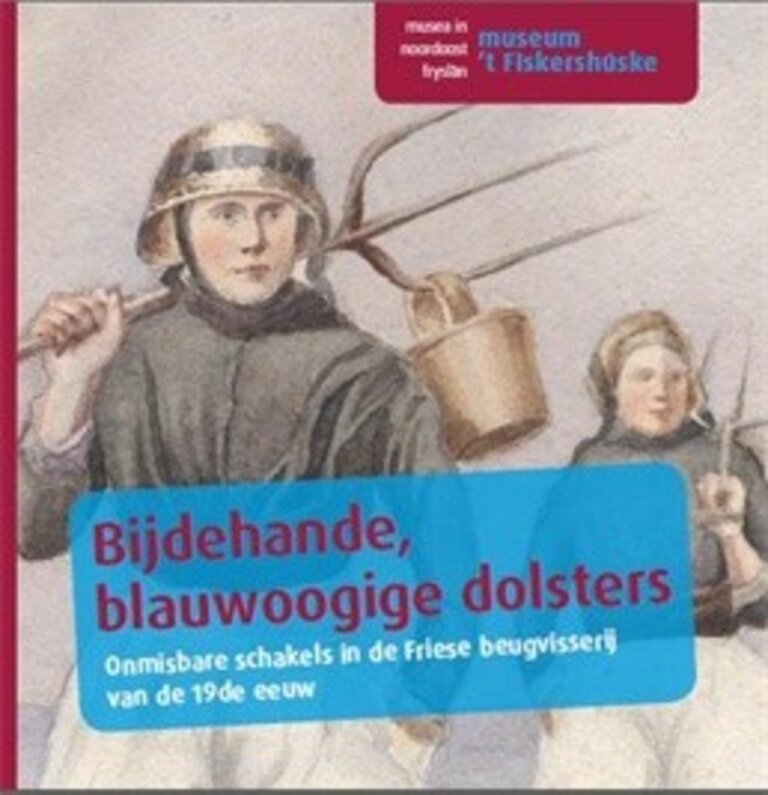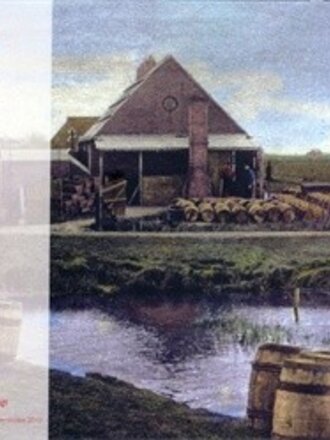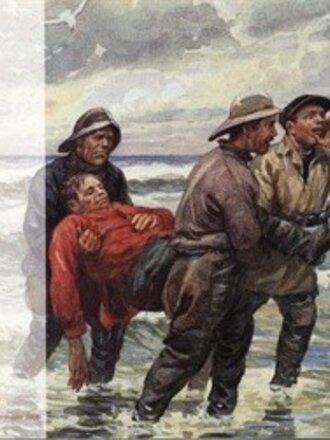

Login
Log in if you have an account
Register
By creating an account with our store, you will be able to move through the checkout process faster, store multiple addresses, view and track your orders in your account, and more.
Create an accountSmart, blue-eyed dolsters: Indispensable links in the Frisian longline fishery of the 19th century. Author: G.I.W. drag. 2011. Rijk ill., 84 pp.
Smart and blue-eyed, that is how the young dolsters of Wierum were described in a newspaper article from 1893, shortly after the storm disaster that hit the village. And the people of the peculiar village were characterized as unspoilt and highly sympathetic. The author imagined himself in another world and perhaps it was. The fishing villages in the northeast of Fryslân, especially Wierum and Moddergat, were on the brink of a new era. Many very old traditions would disappear after 1900. This also included the digging up of mud worms by fisherwomen who had exchanged their skirts for trousers. For a society that was not yet used to women wearing trousers, the image of dolsters on the mudflats was a source of surprise. That was it on Ameland, because there was a similar fishery there, when in 1734 the Prince of Orange Nassau came to visit. He was treated to the sight of dolsters, attired in very rare and unusual clothing, with man's trousers on. And it still was around 1900.
Dolsters not only dug up the worms, but also hooked them as part of the so-called longline fishery for haddock and cod. This was a form of fishing practiced throughout the Netherlands and beyond, in which use was made of a kilometre-long line that was lowered to the seabed while sailing. On that line, like clothespins, were short cross-lines with a hook, called snares or sneezes. The snows were turned by the fishermen themselves on special devices that were called koustermoune in Frisian. These mini-line courses, of which only a handful have been preserved, are central to this book along with the dolsters. Both indispensable links in the Frisian longline fishery.


